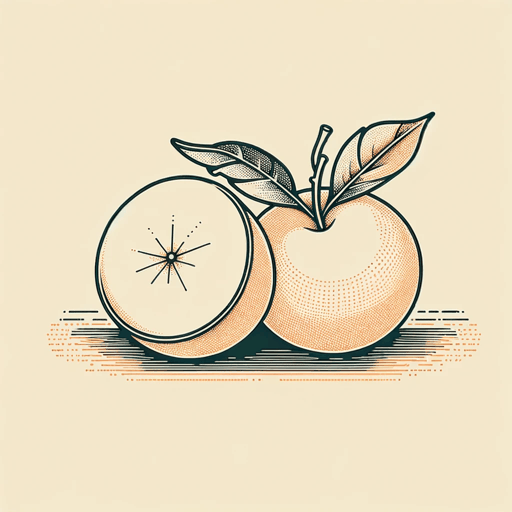47 pages • 1 hour read
Amos TutuolaMy Life in the Bush of Ghosts
Fiction | Novel | YA | Published in 1954A modern alternative to SparkNotes and CliffsNotes, SuperSummary offers high-quality Study Guides with detailed chapter summaries and analysis of major themes, characters, and more.
Symbols & Motifs
Fruit Tree
The fruit tree symbolizes the future and the eventual return of the narrator to his home. When the narrator’s brother gives him both pieces of fruit rather than one, his act serves as a promise between brothers and implies that the narrator’s brother will care and provide for his family. Just as the narrator hears gunshots getting closer to him, he enters the bush of ghosts “under this fruit tree,” and he declares the tree itself to be a sign, specifically “the ‘Future Sign’” (5). Although the narrator isn’t yet aware of the tree’s importance, he recognizes that the safety it provides for him in this moment holds a promise for his future, like the promise his brother makes to him through the fruit. By calling the tree a “future sign,” the novel asserts not only the importance of this tree but foreshadows its role in the narrator’s reunification with his family. By beginning and ending the novel with this tree, Tutuola creates a circular plot that allows the narrator to begin and end his journey in the bush of ghosts in the same place. When he is back at the tree after being in the bush for 24 years, the narrator is kidnapped by slave raiders, connecting back to the initial threat that led him to the tree in the first place.

